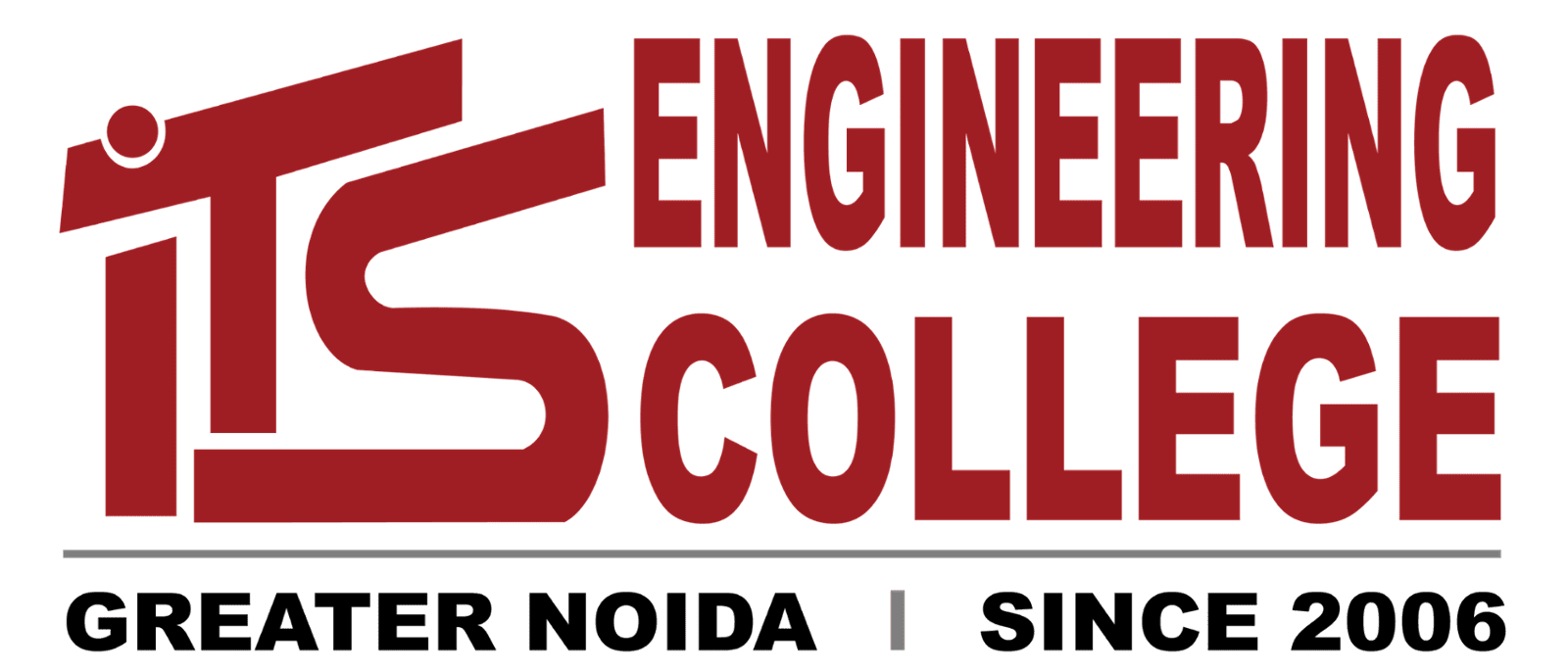Mechanical Engineering Labs
• Central Workshop
• Manufacturing Science Lab
• Engineering Mechanics Lab
• Material science and testing Lab
• Machine Design Lab
• Thermodynamics Lab
• Fluid Mechanics Lab
• Metrology and Measurement Lab
• Theory of Machines Lab
• Refrigeration and Air-conditioning Lab
• Fluid Machinery Lab
• Heat and Mass Transfer Lab
• CAD/CAM Lab
• I.C. Engine & Automobile Engg. Lab

Fluid Mechanics Lab
Quick Stats:-
Determination of fluid forces and behavior during the fluid flow over a solid object
Content:-
· Momentum equation using the experimental set-up on impact of jet.
· Meta-centric height of a given ship model.
· Coefficient of discharge of an orifice
· Coefficient of discharge of Venturimeter
· Verification Bernoulli’s Principal
· Discharge over notches
· Darcy’s Law
· Head loss for a sudden enlargement.
· Losses due to pipe fitting.
Course Outcome:
CO1: Knowledge to design piping system and its components.
CO2: Ability to evaluate and compare different flow meters.
CO3: Understanding to predict losses in various fluid dynamical systems.
CO4: Acquire the knowledge to explain the role of pressure as a driving force.
CO5: Able to demonstrate the calibration of flow meters
Heat And Mass Transfer Lab
Quick Stats:-
Subjects commonly applied in renewable energy, industrial, commercial and domestic systems. The laboratory consists of experiments on various conductive, convective, radiative mechanisms of heat transfer.
Content:-
· Conduction – Heat conduction through lagged pipe
· Conduction – Experiment on Composite plane wall
· Conduction – Experiment on Thermal Contact Resistance
· Convection - Experiment on heat transfer from vertical tube
· Convection- Heat flow through forced convection
· Convection - Heat transfer through fin
· Radiation- Experiment on Stefan's Law with apparatus.
· Radiation- Experiment on determination of emissivity
· Heat exchanger - Parallel flow experiment
· Heat exchanger - Counter flow experiment
Course outcomes:-
CO1: Knowledge to find the rate of heat flow through conduction
CO2: Ability to find the local and average convective heat transfer coefficient
CO3: Understanding of determining the rate of heat flow through convection and radiation
CO4: Understanding of the performance evaluation of heat exchange
CAD/CAM Lab
Quick Stats:-
This course is the integration of Computer-Aided-Design (CAD) and Computer-Aided-Manufacturing (CAM). It involves the study of modern prototyping and machining methods, teaching the use of specific software for converting 2D and 3D CAD drawing geometry directly into tool path information used to drive numerically controlled turning and milling
Content:-
· Writing and validation of computer Program for line and c Geometric Transformation algorithm for translation/rotation/scaling: Writing and validation of computer program.
· Understanding and use of any 3-D Modeling Software
· Writing and validation of computer program for Root findings or curve fitting
· Solid modeling of a machine component using Solidworks
· Characteristic features of CNC machine
· Part Programming on CNC machine for turning and milling operation
Course outcomes:-
CO1:Develop the understanding of basic line drawing algorithm and circle drawing algorithm for Raster Scan screen.
CO2: Understanding of transformation algorithm (translation/rotation/scaling/ shearing/ mirror)
CO3: Acquire the fundamentals of 3-D modeling software.
CO4: Learn the specified parameters required to perform the various machining operations on cnc .
Manufacturing Technology Lab
Quick Stats: -
Scientific principles governing conventional machining processes
Contents:-
· Bolt (thread) making on Lathe machine
· Tool grinding on tool-grinder machine.
· Gear cutting on Milling machine.
· Machining a block on Shaper machine.
· Finishing of a surface on surface-grinding machine.
· Drilling holes on drilling machine and study of twist-drill.
· Study of different types of tools and its angles & materials.
· Gas welding experiment
· Arc welding experiment
· Resistance welding experiment.
Course Outcome:
CO1: Knowledge of various types of machine tools and cutting tools.
CO 2: Able to understand various types of materials used in manufacturing of cutting tools.
CO 3: Able to understand various machining operations.
CO 4: Able to understand the effect of machining parameters on the surface finish and metal removal rate.
CO 5: Understanding of the various welding processes including parameters and selection
IC Engine And Automobile Engineering Lab
Quick Stats: -
The course helps to understand the fundamentals of how the design and operation of internal combustion engines affect their performance, operation, fuel requirements, and environmental impact.
Contents:-
· Breaking System
· Fuel Supply System
· Ignition System
· Steering System
· Transmission System
· Suspension System
· Lighting System
· Lubrication System
Course outcomes:-
CO1: Able to demonstrate the working process of transmission system in automobile.
CO2: Able to demonstrate the working principle of lubrication system in IC engines.
CO3: Able to demonstrate the working of fuel injection and fuel ignition system in IC engine.
CO4: Able to demonstrate the working principle of differential gear box.
CO5:Able to demonstrate the working principle of hydraulic brake system.
CO6: Able to demonstrate the working principle of steering mechanism.
CO7: Able to demonstrate the working principle of cooling and lubrication methods.


